Onion cultivation Stuttgarter Riesen

Each summer resident allocates a place on his plot for onions. Onion varieties There are so many and it’s difficult to choose the right option. The Stuttgarter Riesen bow is quite good.
Content:
- Description of the variety
- Landing
- Sowing seeds
- Planting sets
- Planting a bow on a feather
- Care and feeding
- Diseases and pests
- Cleaning
- Storage
Description of the variety
The Stuttgarter Riesen bow is a product of German selection. It belongs to the mid-season varieties and is popular among gardeners and gardeners, both amateurs and professionals. This is a high-yielding variety of universal value. Has great demand in the market.
The Stuttgarter Riesen onion is characterized by large bulbs that have a flat-round shape. The weight of onions can reach up to 250 grams, mostly it ranges from 100 to 150 grams. The color of Stuttgarter Riesen onions ranges from yellow-brown to white when ripe. The taste is semi-sharp.
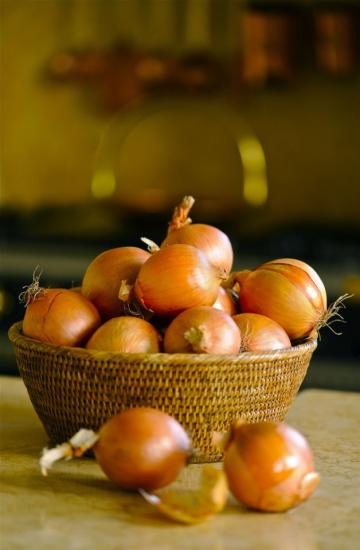
This onion contains a large amount of vitamin C. Dry substances are contained in onions in increased quantities, so they can be dried and frozen. Suitable for preparing any dishes, preserving and for distillation. This variety has good storage. It takes up to 95 days from the appearance of sprouts to ripeness.
Landing
Onion cultivation Stuttgarter Riesen takes place with the help of seeds and through sets. The best predecessors are cucumber, tomato, potato, cabbage, and legumes.
Grows well on fertile loamy chernozems that have a neutral reaction. Acidic soils are not suitable for Stuttgarter Riesen onions.
When growing onions, spring and autumn planting is used.
For autumn planting, it is better to take small sets, since when stored they dry out until spring. If onions are planted in the fall, then the rows must be mulched with humus and peat.
Sowing seeds
Early spring or autumn seeds are sown on prepared beds. Grooves are made across the beds, the distance between which is 10-15 centimeters. Onions are sown to a depth of two centimeters, and the distance should be 1-1.5 centimeters. After sowing, the soil should be slightly compacted.
Planting sets
Sevok You should sort through and remove dry and damaged bulbs. It is advisable to warm it up at 40-420 degrees for 8 hours. To warm up, you can use the central heating radiator.
On the eve of planting, it is necessary to soak the seeds in water heated to 35-420. Add potassium permanganate (0.1 grams per bucket of water) and aloe juice (if available) to the water. Keep in solution for a day. Then lay it out on film or burlap.
The seedlings are planted in rows. The distance between the bulbs in a row is 10-15 centimeters, and between the rows - 20-25 centimeters.
Small bulbs can be planted very early. Large and medium-sized bulbs should be planted only after the soil has warmed up to 10-150, since in the cold they shoot arrows.
Planting a bow on a feather
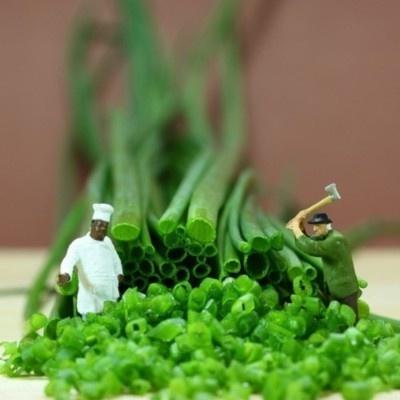
For forcing, it is better to take turnip onions and discarded sets. The bulbs are planted tightly. They are not covered with earth, leaving them on the surface. Water the onion and cover with film. For speedy growth, you should feed it once with a urea solution (20 grams per bucket of water). Water this onion frequently.
Care and feeding
The variety easily tolerates cold, but grows better at elevated and moderate temperatures.
Plants should be weeded and watered and fertilized as necessary. They feed mainly complex fertilizer. To accelerate growth, 14 days after planting, the bulbs are fertilized with a solution of mullein or bird droppings. Urea (25 grams) is added to the resulting solution (1 bucket). 5 weeks after planting, another feeding should be done. For it, urea (15 grams), superphosphate (15 grams) and potassium salt (40 grams) are diluted in a bucket of water. When the bulbs begin to form, feed the plants a third time: add superphosphate (20-30 grams) and potassium salt (15 grams) to the water (1 bucket).
Poor growth of onions and pale color of the leaves indicate a lack of nitrogen. Premature aging of leaves and their wrinkling indicate a lack of potassium. Blackening and dying of leaf tips indicates a lack of phosphorus.
You cannot apply fresh manure under the onions. It inhibits the ripening of onions and promotes the development of pests. In July, you should stop feeding the plants.
Diseases and pests
Stuttgarter Riesen is rarely exposed to diseases and pests. The variety is resistant to powdery mildew and bolting. Slight primordiality and nesting are observed.
Most often, diseases are introduced along with poor-quality planting material. Therefore, it must be purchased only in specialized stores. To prevent diseases, seeds and sets are disinfected before planting.
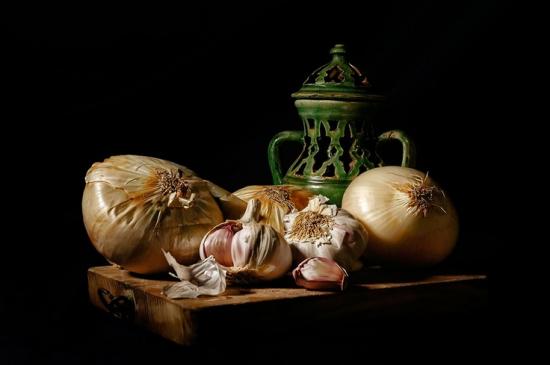
To repel pests, it is recommended to plant several dill bushes in the onion bed, and also alternate onion beds with carrots.
Cleaning
Felting onions used to be popular. This method was believed to help the onions ripen quickly.But it can cause rotting of the feather, and, consequently, of the entire bulb. In order for the onions to ripen faster, watering should be stopped half a month before harvesting.
Harvesting begins when the leaves turn yellow and lie down. You can’t delay it: the plants will grow again. The collected onions are dried in the garden or under a canopy (in case of bad weather). The bulbs are freed from roots and leaves and sorted.
Storage
Only those onions that are fully ripe are stored well. Therefore, unripe and defective bulbs must be used first. To better preserve the seedlings, it is recommended to sprinkle the bulbs with sand for the winter.
Onions easily tolerate cold, but it is still better to store them at temperatures above -30C. During storage, care must be taken to ensure that condensation does not form on the surface of the bulbs. It promotes germination and rotting of bulb heads.
Growing Stuttgarter Riesen onions is not particularly difficult. If you follow the basic rules, you can get an excellent onion harvest.

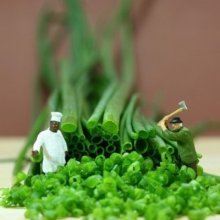
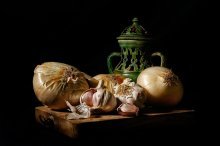
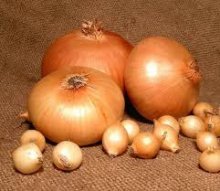
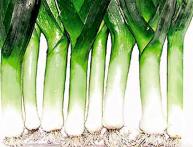
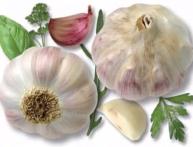
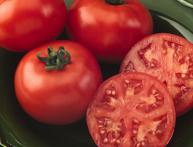
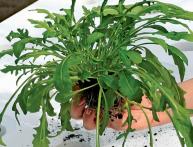
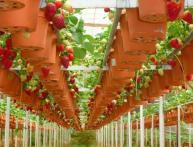

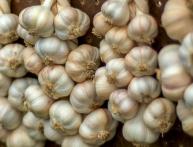
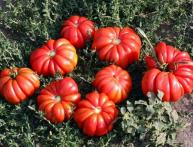
Comments
We have been growing Stuttgarter Riesen for a very long time. This is our most popular variety since the 90s. True, we buy sets as a rule. It's not very easy to grow your own. What’s good about this onion is that it is consistently productive and unpretentious, unlike many modern hybrids. But, in my opinion, it is not very suitable for feather growing.
I agree that this onion variety is easy to care for. But he really loves new places. You cannot plant it in the same place every year. And the soil should be fertilized, only then will it grow well.